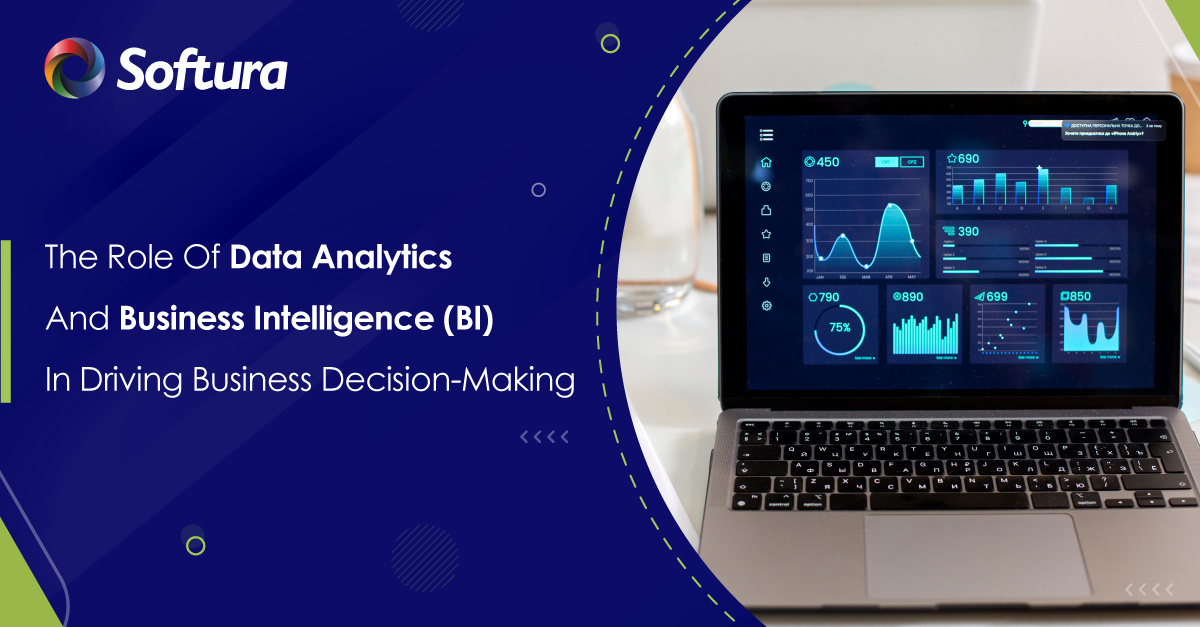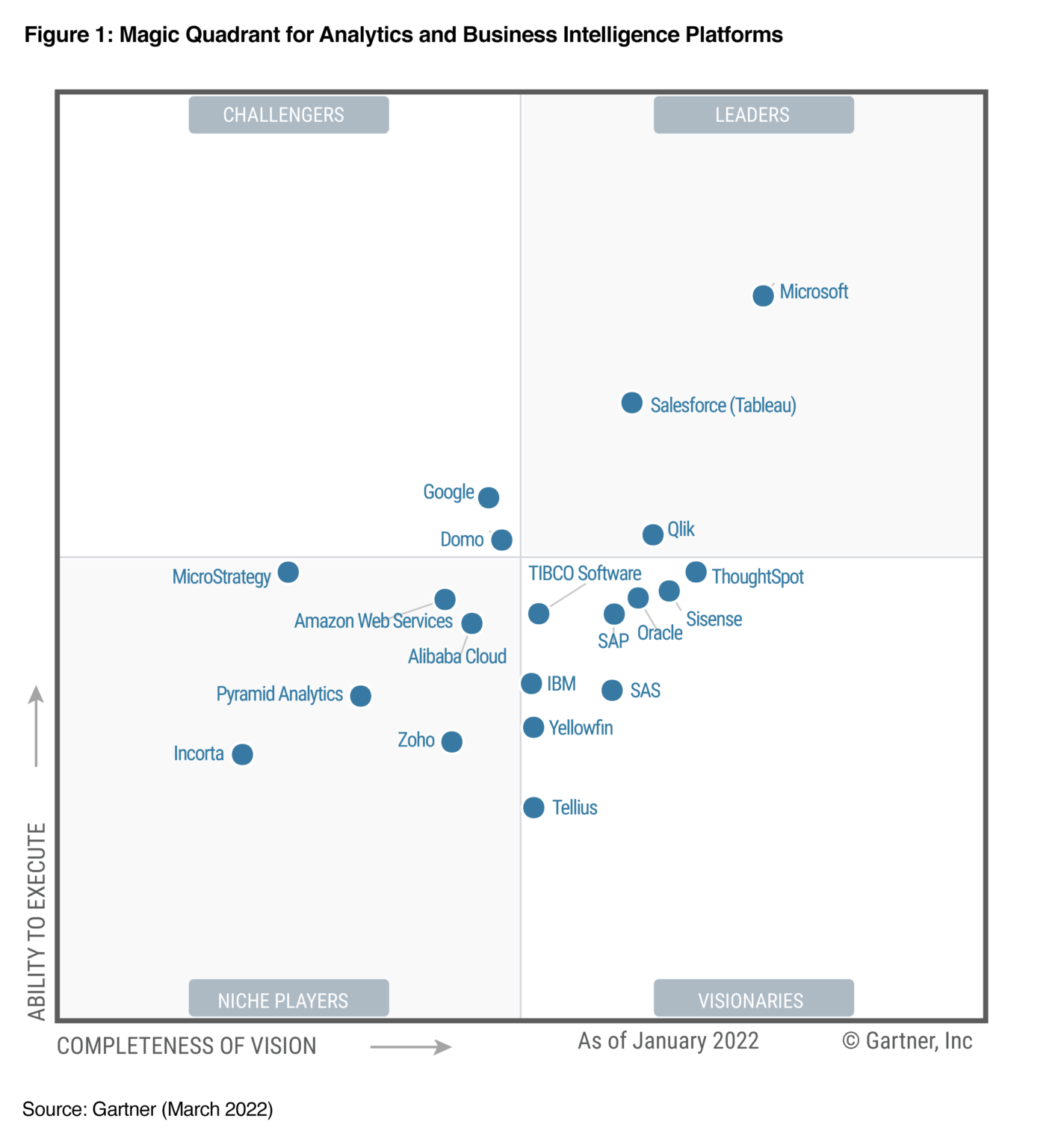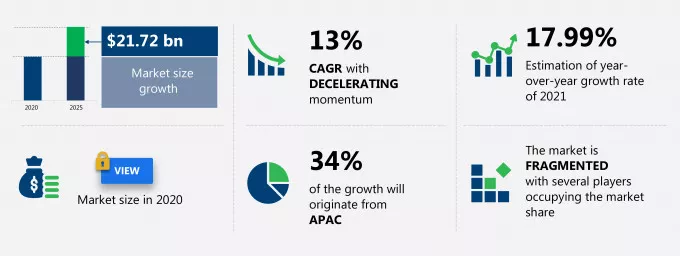Introduction
In today's digital age, it's hard to escape the ubiquity of business intelligence (BI) tools and techniques, which are increasingly used to improve decision-making across various industries. One of the most common examples of BI is the online pizza ordering experience. When you order a pizza online, you're typically presented with a dashboard that provides you with real-time updates on the progress of your order. This dashboard may show you the estimated delivery time, the status of the pizza ("preparing," "baking," "out for delivery"), and even a map that lets you track the delivery driver's progress in real-time. These updates are powered by the business intelligence tools and techniques that the pizza chain has implemented, which collect and analyze data from various sources to provide an accurate and up-to-date picture of your order. However, the usefulness of dashboards is not limited to pizza delivery.
Data Analytics and Business Intelligence (BI) have become the backbone of modern decision-making as they empower organizations to collect, process, and analyze large amounts of data to make informed decisions. The era of big data has made it imperative for companies to leverage these technologies to gain a competitive edge.
Gartner's reports show that the demand for Business Intelligence (BI) and Analytics technology is rising as more businesses rely on data for decision-making. The market for these technologies is expected to reach $13 billion by 2025, further emphasizing the importance of BI and Data Analytics in today's business world. A majority of top business firms have already implemented Business Intelligence and Data Analytics (BI) to drive their decision-making. For example,
- Amazon uses data analytics to optimize its supply chain and improve its inventory management.
- Netflix uses data analytics to recommend content to its users and improve its streaming service.
- Walmart uses BI and analytics in its e-commerce operations. The company uses data from its website, mobile apps, and customer interactions to gain insights into customer behavior and preferences. This data personalizes the shopping experience, improves product recommendations, and drives sales.
Common in these organizations is driving efficiency and constantly gathering data to improve customer experience. In fact, Doug McMillan, CEO of Walmart, said back in 2017, "We're going to make shopping with us faster, easier, and more enjoyable," according to a statement from the address released by Walmart. "We'll do more than save customers money; you, our associates, will make the difference. Looking ahead, we will compete with technology but win with people." Organizations rely on Business Intelligence (BI) and Data Analytics to gather, process, and analyze massive volumes of data, to uncover patterns and trends that can boost productivity, inform decisions, and achieve objectives. Market leaders in the BI and Data Analytics space provide organizations with the tools and resources to effectively analyze, integrate, and visualize data and facilitate collaboration and sharing of insights within teams. This allows teams to collaborate to make data-driven decisions and gain a competitive edge in the marketplace.
In 2022,
Gartner acknowledged Microsoft as a Magic Quadrant Leader in business intelligence and analytics platforms because of the Power BI platform's capabilities. Microsoft is once again ranked best in its ability to execute and the farthest in the completeness of vision for the fourth consecutive year. Microsoft's BI and analytics offerings include its flagship product, Microsoft Power BI, which allows users to create interactive data visualizations, reports, and dashboards, and its Azure Cloud platform, which offers a range of data management and analytics services. AWS is amongst other BI and analytics market players that provide a wide range of data analytics and BI services, including Amazon QuickSight, Redshift, and Glue, and are well-positioned to cater to the evolving needs of organizations. According to Corinna Adkins, Business Intelligence Director at Softura, "We see a trend in our client base moving from data gleaned from disparate applications in numerous reports to a consolidated and powerful dashboard which unifies all significant data in the organization. This unification allows for better decisions based on timely data in a format accessible to all levels of the organization.
In an interview with Praveen Gujja, Softura's VP Service Delivery Head - Management, one of the clients from the digital communication company, explained their struggles before working with Softura and the benefits they gained from the solution implemented. "Our company struggled to monitor our machines' real-time data and status effectively. We had multiple standalone applications that made it difficult to track issues, and our BI tool was ineffective and costly. But after implementing Softura's solution, we could securely access real-time data from virtually anywhere and monitor our machines with custom Power BI visuals. This has led to the early discovery of issues, reduced machine downtime, and significantly improved our production efficiency. We're grateful for Softura's expertise and ability to centralize our data for actionable insights."
Data Analytics and Business Intelligence (BI) are not confined to large-scale companies. Small and medium-sized businesses (SMEs) also can benefit from using it. SMEs can use data analytics to gain insights into their customers, improve their marketing efforts, and make informed decisions about the future of their business. For example, a small e-commerce business can use data analytics to track customer behavior, identify popular products, and make informed decisions about future product offerings.
However, implementing data analytics and BI can be challenging. Let's see how:
Challenges in Implementing Data Analytics and Business Intelligence (BI)
Implementing data analytics and business intelligence (BI) can be challenging, especially if an organization lacks in-house skills and expertise. As a result, partnering with a specialized firm can be a smart move to ensure a successful implementation. A skilled partner can provide the necessary expertise, tools, and resources to implement data analytics and BI solutions successfully. This allows companies to gain valuable insights into their operations and make informed decisions. Let's explore some challenges while implementing data analytics and BI solutions.
Best Practices to Overcome the Challenges
Now that we have identified the common challenges faced while implementing business intelligence and data analytics solutions, it's essential to discuss the best practices that can help overcome these challenges. These practices are based on our experience and research; following them can help ensure a successful implementation of your data analytics and BI solution. Let's take a closer look at these best practices below.
Strategic Benefits of Business Intelligence (BI)and Data Analytics
With constant pressure from investors to gather data and measure everything, a well-executed strategy of data collection and Power BI dashboarding means that decisions can be made as data comes into the system. This means that constant improvement to systems and processes is
With the constant pressure on businesses to gather and measure data, implementing a well-executed strategy for data collection and Power BI dashboarding is essential. Having real-time data at your fingertips allows for quick decision-making and continuous improvement of systems and processes. With that said, let's explore some of the benefits of BI and data analytics.
Emerging Data Analytics and Business Intelligence (BI)Trends to Watch in 2024
As businesses continue to adopt data analytics and business intelligence (BI) tools, staying updated on the latest trends and advancements in the field is important. According to Corinna Adkins, Business Intelligence Director at Softura, "The ability to make data-driven decisions in real-time will continue to be a driving force in the evolution of BI."
The Way Forward
Based on the research by Technavio, The business intelligence (BI) and analytics platforms' market share is expected to increase by USD 21.72 billion from 2020 to 2025. BI and analytics platform's market growth is primarily driven by the rising need to improve business efficiency.
What does this mean?
According to Corinna Adkins, Business Intelligence Director at Softura, "Data Analytics and Business Intelligence (BI) are crucial for driving informed decision-making in today's fast-paced business environment. And organizations that don't leverage Data Analytics and Business Intelligence (BI) in today's data-driven world risk falling behind." Organizations can leverage Business Intelligence (BI) and Data Analytics to gain valuable insights that drive strategic decision-making, improve efficiency, and ultimately increase competitiveness and long-term success. The combination of Big Data Analytics & Business Intelligence can extract valuable insights from various data sources to provide a holistic understanding of the organization's performance, operations, and market trends.



